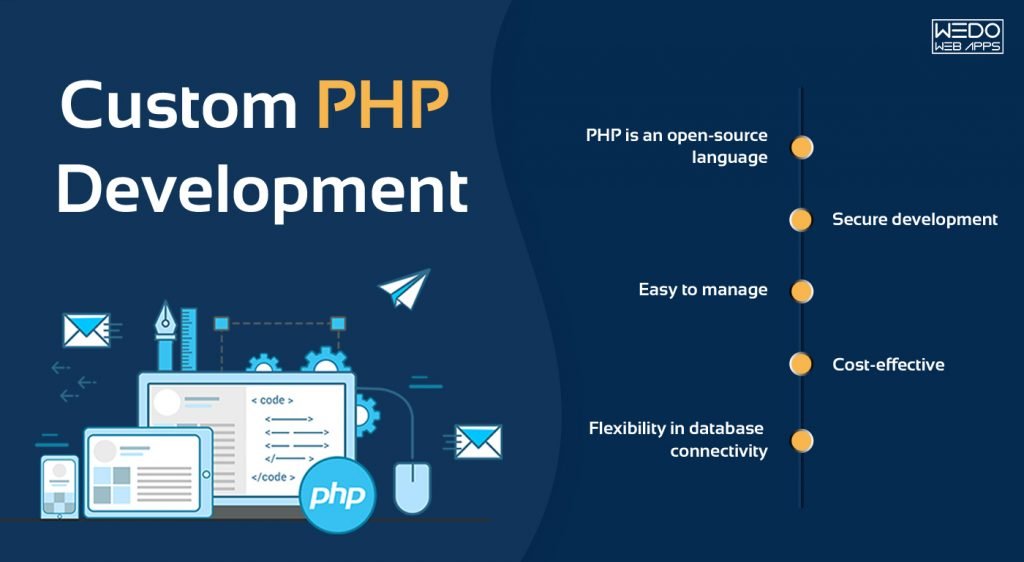Tech Versum: Explore the Future of Technology
Dive into the latest trends and innovations in technology with Tech Versum.
PHP: The Swiss Army Knife of Web Development
Discover why PHP is the ultimate tool for web development, offering versatility and power that every developer needs!
10 Reasons Why PHP is Essential for Modern Web Development
PHP has maintained its relevance in modern web development due to its versatility and ease of use. First and foremost, PHP is an open-source scripting language, which means that developers can leverage a vast community for support and resources. This makes the learning curve less steep and allows for rapid development. Additionally, PHP integrates well with various databases, particularly MySQL, which is widely used across web applications. Its compatibility with various operating systems and web servers, including Apache and Nginx, facilitates seamless deployment of applications.
Another significant reason for the importance of PHP is its robustness when it comes to handling server-side scripting. It is particularly well-suited for building dynamic web pages and content management systems (CMS) such as WordPress, which powers over 40% of all websites on the internet. The language is also known for its security features, allowing developers to implement measures that enhance the safety of web applications. Moreover, with frameworks like Laravel and Symfony, developers can build scalable and maintainable applications with ease. Overall, PHP remains an essential tool in the arsenal of modern web developers.

How PHP Powers Your Favorite Websites: An Inside Look
PHP, or Hypertext Preprocessor, is a widely-used scripting language that plays a crucial role in server-side development, powering millions of websites around the globe. It is especially popular for its ability to integrate seamlessly with databases, such as MySQL, enabling dynamic content generation. According to PHP.net, PHP allows developers to create everything from simple blogs to complex content management systems, showcasing its versatility and robustness.
Many of your favorite websites leverage the power of PHP due to its ease of use and flexibility. For instance, WordPress, which powers over 40% of all websites, is built on PHP, highlighting its importance in the web ecosystem. Additionally, frameworks like Laravel and Symfony further enhance PHP's capabilities, allowing developers to build scalable and maintainable applications with less effort. This adaptability makes PHP a favored choice for both new and seasoned developers.
Is PHP Still Relevant in 2023? Debunking Common Myths
As of 2023, PHP remains a vital player in the web development landscape, despite several myths suggesting its decline. One of the most common misconceptions is that PHP is outdated and has been replaced by modern languages like JavaScript and Python. However, PHP powers around 79.2% of all websites with a known server-side programming language. This demonstrates its enduring popularity, particularly in conjunction with popular content management systems such as WordPress, Joomla, and Drupal, which continue to thrive in the current digital ecosystem.
Another myth is that PHP lacks modern features compared to its competitors. In reality, PHP has evolved significantly over the years. The release of PHP 8 introduced Just In Time (JIT) compilation, union types, and attributes, greatly enhancing performance and functionality. Developers who embrace these modern features can build robust applications that are not only efficient but also scalable. The vibrant PHP community continues to innovate, as evidenced by the ever-growing ecosystem of frameworks like Laravel and Symfony, which facilitate rapid application development and adhere to best practices.Learn more about PHP's latest advancements.